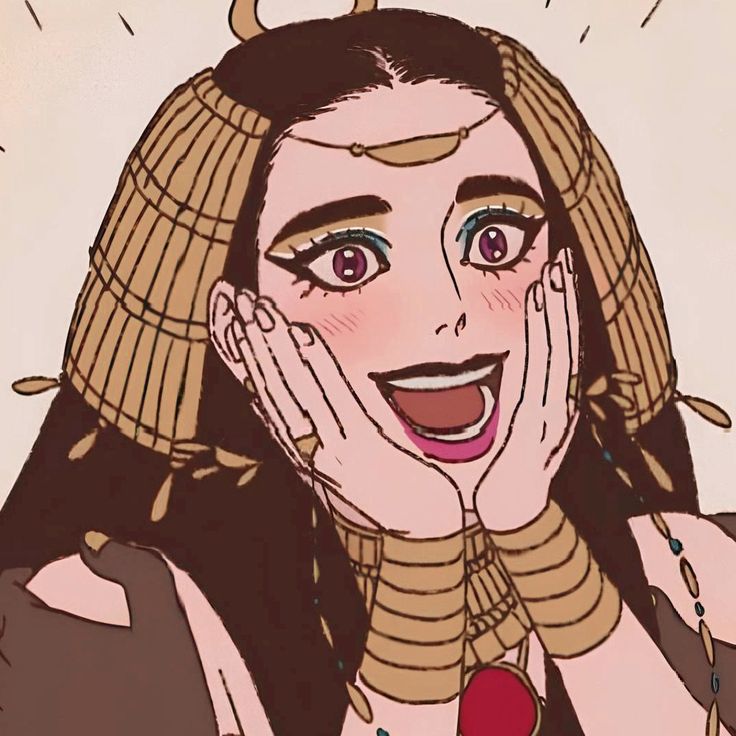Unexpected Places: Thread Map Of "Locations" w/ "Meditative Thought Programs" to let "wash over" yourself & "swim in"
Moderator: atreestump
Forum rules
No spam, no porn, no gore. Be Respectful.
No spam, no porn, no gore. Be Respectful.
- kFoyauextlH
- Posts: 950
- Joined: Sun Jun 15, 2025 3:53 pm
Re: Boethiah Khaine
Will replace
Last edited by kFoyauextlH on Wed Sep 24, 2025 11:38 am, edited 1 time in total.
- kFoyauextlH
- Posts: 950
- Joined: Sun Jun 15, 2025 3:53 pm
Re: Boethiah Khaine
Will replace
Last edited by kFoyauextlH on Wed Sep 24, 2025 11:45 am, edited 1 time in total.
- kFoyauextlH
- Posts: 950
- Joined: Sun Jun 15, 2025 3:53 pm
Re: Boethiah Khaine
Will replace
Last edited by kFoyauextlH on Wed Sep 24, 2025 12:07 pm, edited 1 time in total.
- kFoyauextlH
- Posts: 950
- Joined: Sun Jun 15, 2025 3:53 pm
Re: Boethiah Khaine
Will replace
Last edited by kFoyauextlH on Wed Sep 24, 2025 11:39 am, edited 1 time in total.
- kFoyauextlH
- Posts: 950
- Joined: Sun Jun 15, 2025 3:53 pm
Re: Boethiah Khaine
Will replace
Last edited by kFoyauextlH on Wed Sep 24, 2025 11:40 am, edited 1 time in total.
- kFoyauextlH
- Posts: 950
- Joined: Sun Jun 15, 2025 3:53 pm
Re: Boethiah Khaine
Will replace
Last edited by kFoyauextlH on Wed Sep 24, 2025 11:40 am, edited 1 time in total.
- kFoyauextlH
- Posts: 950
- Joined: Sun Jun 15, 2025 3:53 pm
Re: Boethiah Khaine
Will replace
Last edited by kFoyauextlH on Wed Sep 24, 2025 11:41 am, edited 1 time in total.
- kFoyauextlH
- Posts: 950
- Joined: Sun Jun 15, 2025 3:53 pm
Re: Temple Of Khaine (TO Kh): Boethiah Khaine
Will replace
Last edited by kFoyauextlH on Wed Sep 24, 2025 11:42 am, edited 1 time in total.
- kFoyauextlH
- Posts: 950
- Joined: Sun Jun 15, 2025 3:53 pm
Re: Temple Of Khaine (TO Kh): Boethiah Khaine
Will replace
Last edited by kFoyauextlH on Wed Sep 24, 2025 11:43 am, edited 1 time in total.
